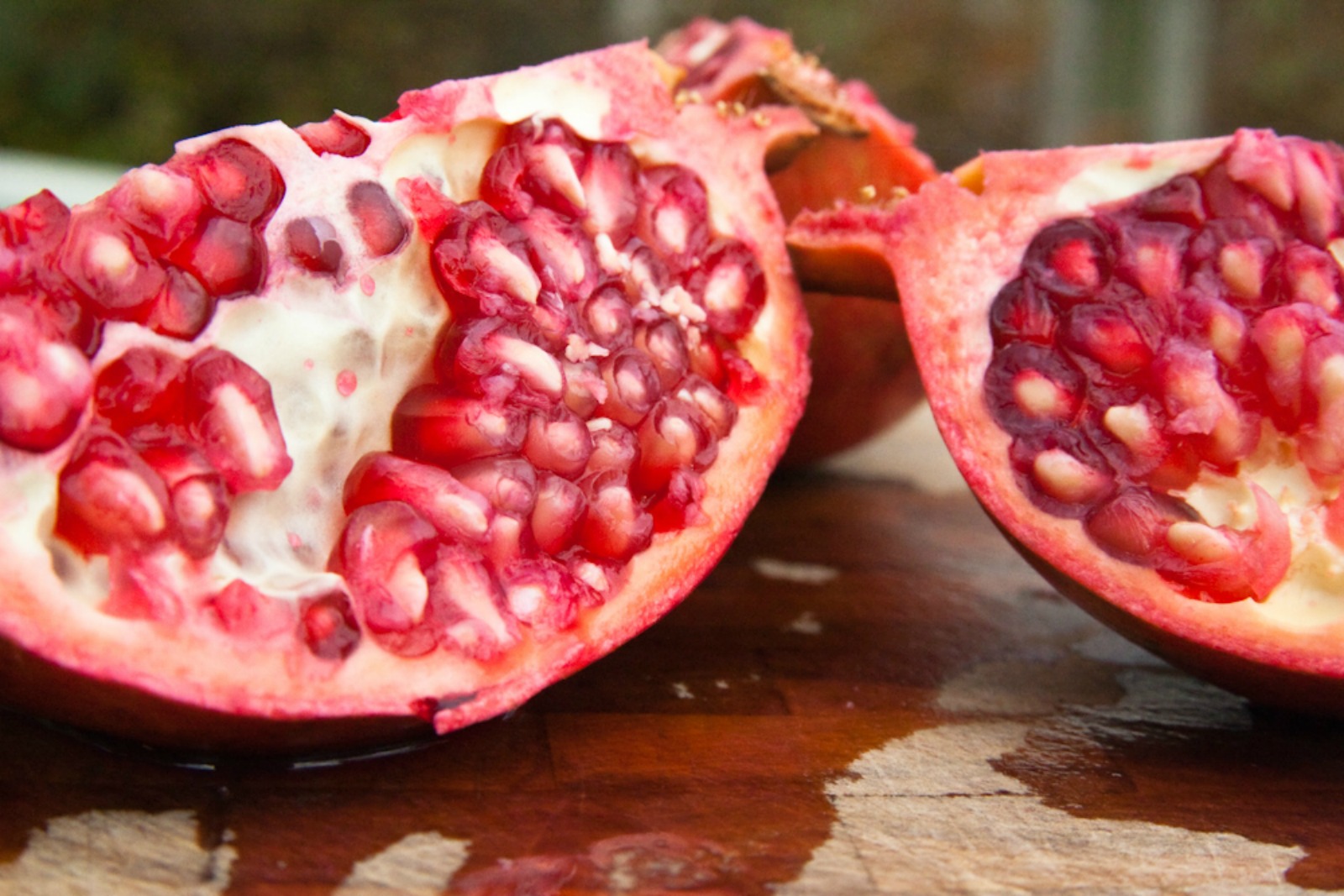Growing Peppers Indoors – Guidelines & Tips
Growing pepper plants indoors is a fantastic way to have a continuous and fresh supply of peppers. Peppers can be grown in a variety of containers, making it a convenient option for even those with limited space. With the right knowledge, anyone can have a thriving pepper plant indoors. Here are a few guidelines and tips to help you get started.
Sunlight Requirements
Just like other fruits and vegetables, peppers need plenty of sunlight to thrive. Aim for a minimum of 6-8 hours of sunlight per day. If you have a south-facing window or balcony, that’s a great place to start. If your space lacks direct sunlight, you can use artificial lights too. Make sure the lights are close enough that the plants can reach the light.
Container Choice
The size and type of the container will depend on the size of the pepper plants. Choose a container large enough to give the roots plenty of room to spread. Peppers prefer well-drained soil, so choose a pot with at least one hole at the bottom for drainage. Most plants do well in a pot that has a 6-8 inch depth.
Soil & Fertilizer
An ideal soil mix for indoor peppers is light, nutrient-dense, and well-drained. You can use a potting soil mix and add some organic compost to ensure good drainage. When adding fertilizer, use a slow-release fertilizer to ensure the plants get steady nutrition. You can feed your plants every 2-3 weeks.
Watering
Pepper plants need regular watering, but be careful not to over-water. The soil should be kept moist but not too wet. Monitor your plants for signs of overwatering, such as drooping leaves or rotten roots. If the soil stays too wet, the roots may rot. Water your plants when the top of the soil begins to feel dry.
Temperature & Humidity
Pepper plants prefer temperatures between 68-80 degrees Fahrenheit (20-27 Celsius) during the day and can handle temperatures down to 50 degrees (10 Celsius) at night. For humidity, aim for 40-60%. You can use a humidifier, mist your plants regularly, or use a tray of pebbles and water to provide the necessary moisture.
Pest & Disease Control
The most common pests to watch out for are aphids and fungus gnats. To prevent infestations, keep your planting area clean and free of debris. You can also use natural insecticides such as neem oil, castor oil, or garlic to keep pests at bay. For diseases, remove any diseased leaves or stems to prevent it from spreading.
Harvesting
It will take a few months for peppers to mature and be ready for harvesting. Sweet peppers should be left on the vine until they are bright and full-colored. Hot peppers can be harvested when they are still green, but keep in mind that they will get hotter as they ripen. When harvesting, use a sharp knife and cut the stem right above the pepper.
Growing peppers indoors requires dedication and good care, but the reward is worth it. With the right guidelines, you can have your own backyard pepper harvest. Pay attention to the details such as sunlight, humidity, and soil quality, and you’ll have a garden-full of fresh peppers in no time.



